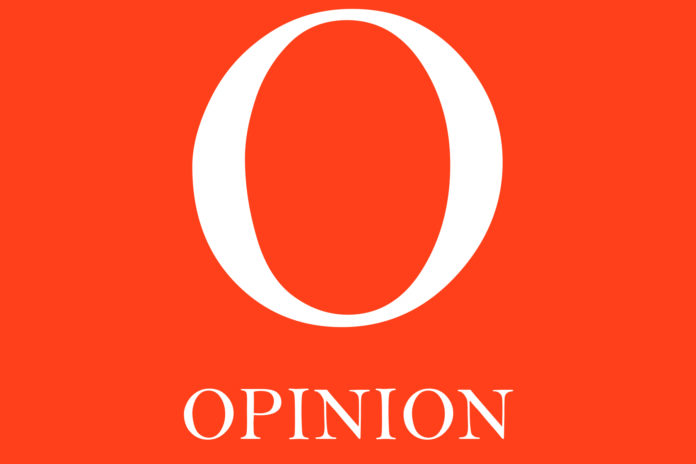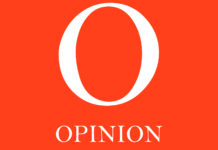CONTENT WARNING: This article contains mentions of suicide rates and health disparities in the LGBTQ community.
Everyday when I walk into my contemporary social problems class with Professor Akita Donald, I truly don’t know what to expect. Over the past nine weeks, we’ve covered a wide range of topics. I heard about the theme for this print edition right before I went to this class, and I began contemplating what I could write. And what did we cover that day? Health disparities in the LGBTQ community.
Overall, the statistics are astounding. With health, there are higher rates of HIV and other sexually transmitted diseases, higher rates of substance abuse, higher rates of unhealthy weight control and perception, higher rates of smoking, higher rates of depression and anxiety and higher rates of violence victimization. Do you see the pattern here?
Some of these higher rates come from fear and distrust within the LGBTQ community towards health care professionals. Most individuals have had negative experiences in this setting, and that discourages them to go back for further appointments, or even going to health centers with concerns.
I don’t know about you, but if I was in the middle of a pap smear and someone asked me about my sexuality and then started reprimanding me for my choices, I would be hesitant to go back to that setting, too. It’s dehumanizing, and it’s happening.
This directly impacts the mental health of members of the LGBTQ community. The suicide rate is four times higher for lesbian, gay and bisexual youth than heterosexual youth. Four times greater.
The worst part of this situation is that there are no biological or physiological differences between LBGTQ and heterosexual individuals. All misconceptions and stigma are socially constructed, meaning this is solely the result of humans.
There is no difference between individuals because of sexuality and gender identity. So, how does that explain the inequalities and mistreatment within the LGBTQ community?
Truly, most of us know or have friends who are part of the LGBTQ community and can help educate us on terminology and specific situations. However, I wouldn’t have learned about terms such as sexual minority, dead naming or even the staggering statistics if I had not been in this class. With that said, it brings into question why these courses aren’t required.
If we have to take classes on basic math, English concepts and electives, shouldn’t we also have a grasp of basic social problems and inequalities that we’ll find when out in the real world? If we don’t educate ourselves now, can we ever see change in our society?
Professor Donald loves to encourage us by saying that we are the generation of trailblazers who can make a change to our world. We talk about how we can all be an ally and make small changes to our daily lives that make a difference. I just wonder if we’re really able to change the statistics and impact our future or if the stigma around minority groups will continue into the generations of our great-grandchildren.
I’d like to say we can, but until we fully stop and appreciate the beauty in the differences within our society, can we all come together and fully be a united nation?







